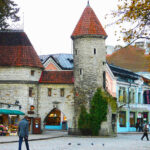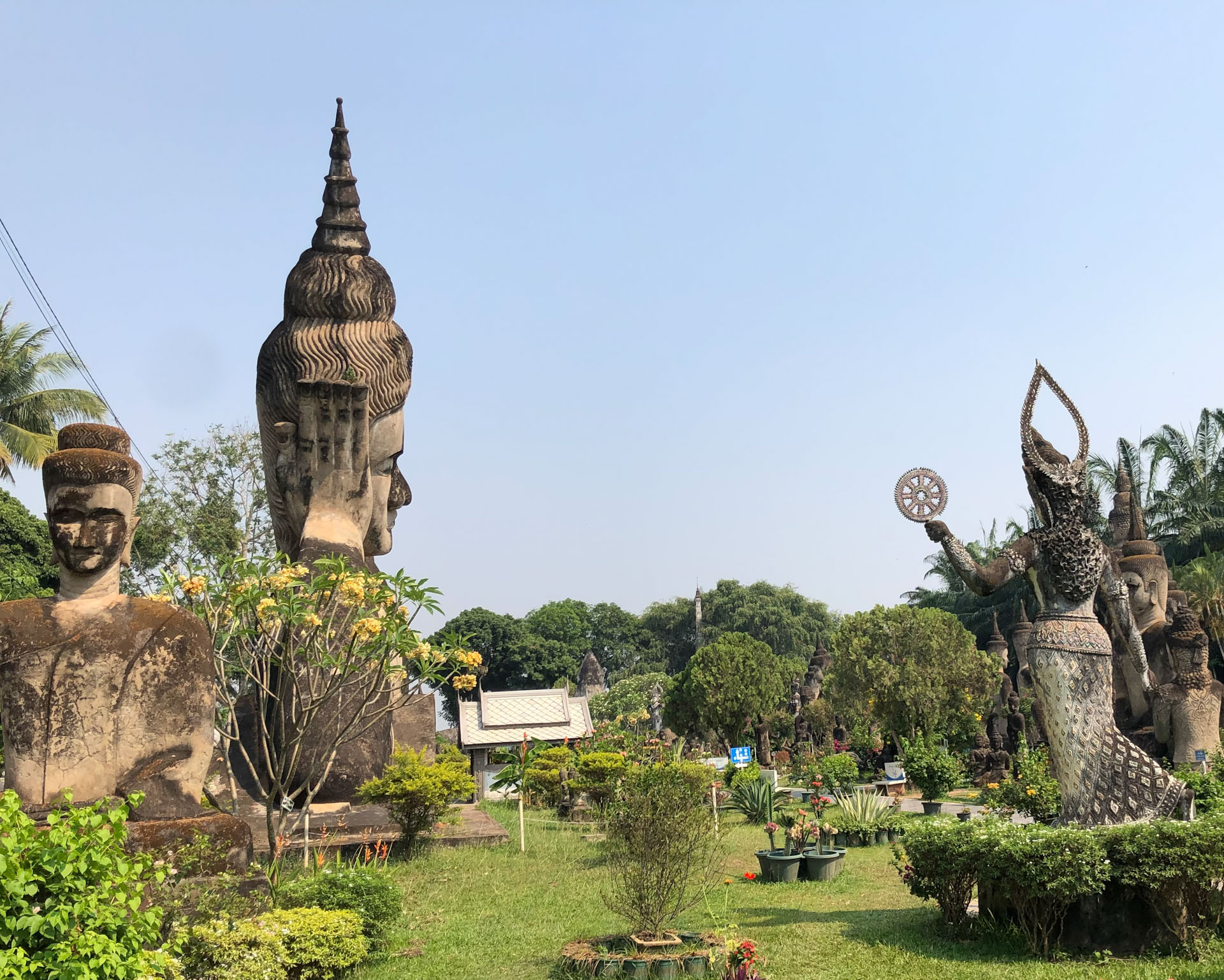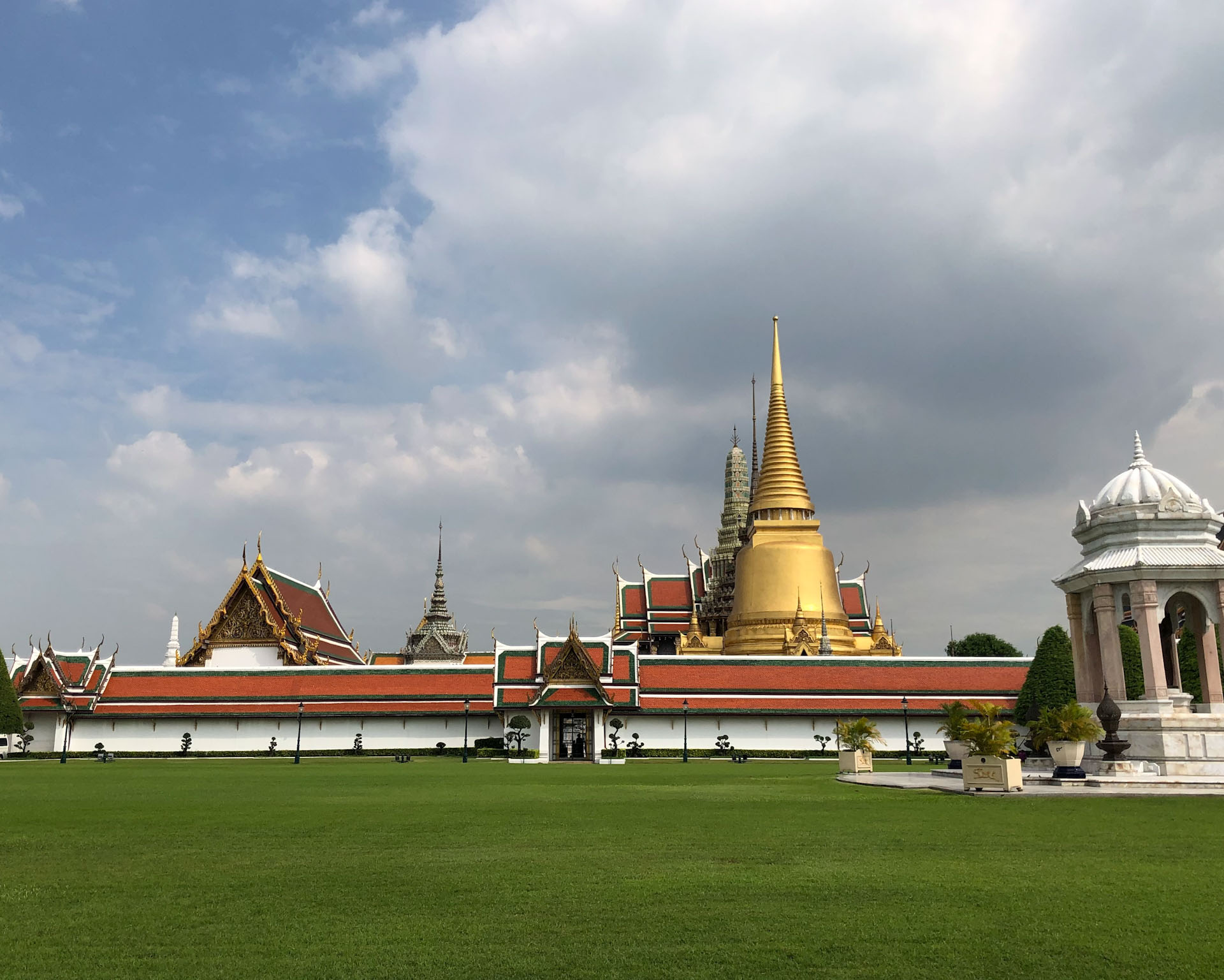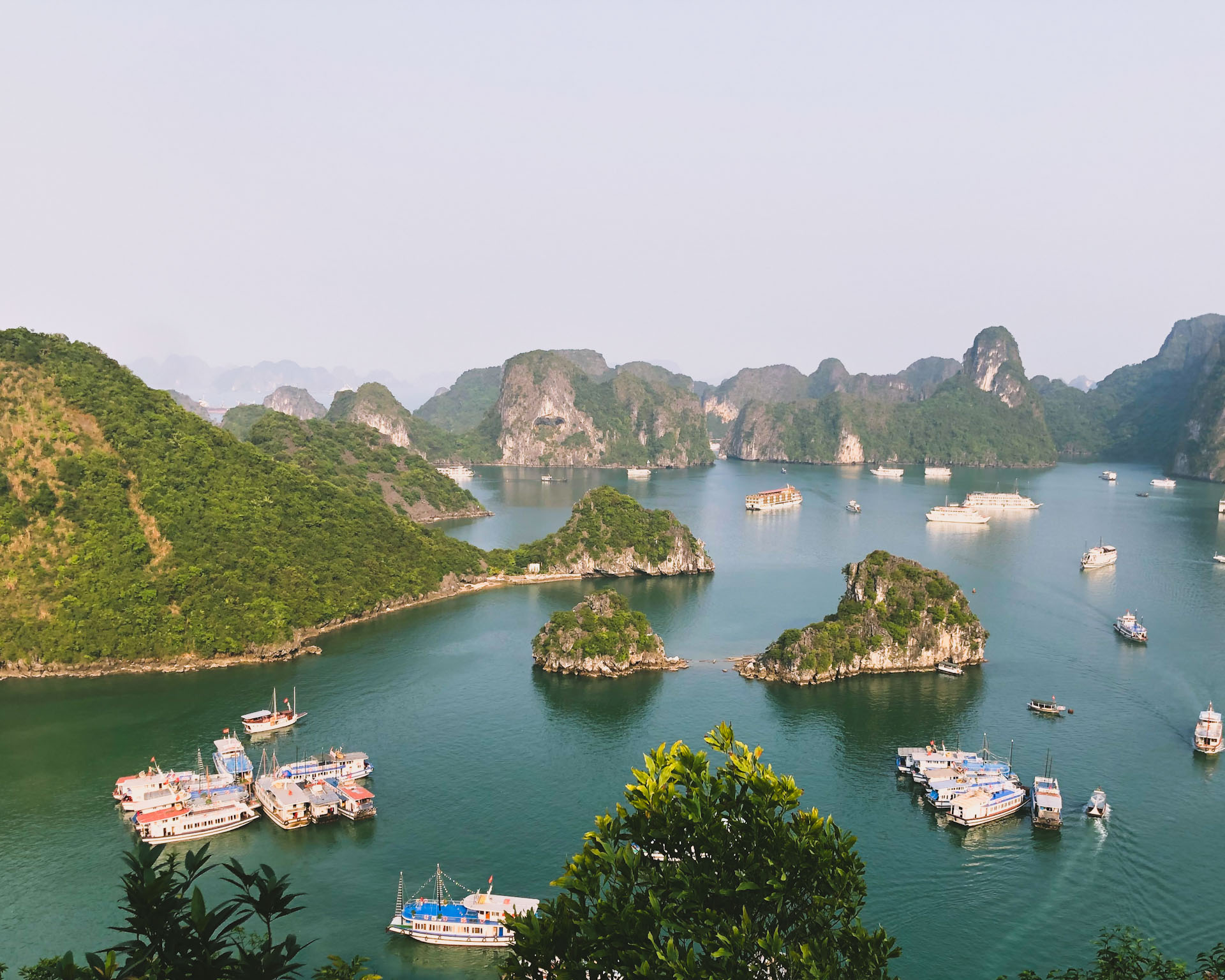Discover the charm of Vientiane, the laid-back capital city of Laos, a landlocked Southeast Asian nation.
Vientiane is situated on the Mekong River, which forms the country’s border with Thailand. Vientiane is a city of contrasts, blending historic temples and monuments with contemporary structures and facilities. Vientiane is also a charming city where you may discover Laos’ relaxed lifestyle, rich culture, and friendly people. In this blog article, we will look at some of Vientiane’s charms and how to appreciate them during your stay.
The History and Culture of Vientiane
Vientiane has a lengthy and intriguing history that dates back to the 9th century, when it was part of the Mon kingdom of Dvaravati. It then became a part of the Khmer empire, and subsequently the Lao Lan Xang kingdom. The city became the capital of Lan Xang in the 16th century and prospered as a hub of Buddhism, commerce, and the arts. However, throughout the 18th and 19th centuries, Vientiane was destroyed and declined as a result of wars, invasions, and rebellions. Vientiane was controlled by the French, Japanese, and Americans throughout the twentieth century until becoming the capital of an independent Laos in 1975.
Vientiane is a dynamic and diversified city since it is a melting pot of numerous cultures and ethnic groupings. Laos’ culture may be experienced via its festivals, food, music, and handicrafts.
Lao New Year, or Pi Mai Lao, is one of the most major festivities in Vientiane you can discover, taking place in mid-April. This celebration signifies the conclusion of the dry season and the start of the rainy season. Water splashing, sand stupa construction, beauty pageants, parades, and religious rites are all part of the festivities.
The history of Vientiane has left a rich cultural and historical legacy, which can be observed in its architecture, art, food, and festivals. Among the highlights are:
- Pha That Luang: Laos’ most significant national landmark, Pha That Luang is a gigantic golden stupa that represents Buddhism and Lao sovereignty. King Setthathirath erected it in the 16th century, and it has been repaired multiple times since then. In November, thousands of pilgrims and visitors flock to pay their respects to the stupa and enjoy traditional events at Pha That Luang.
- Haw Phra Kaew: A historic royal temple that housed the Emerald Buddha, Haw Phra Kaew is now a museum featuring Buddhist art and antiques. The temple was established by King Setthathirath in the 16th century, but it was stolen and destroyed by the Siamese in the 18th century. The temple was reconstructed in the nineteenth century by the French, who also included certain European elements into its architecture.
- Wat Si Saket: King Anouvong erected the oldest surviving temple in Vientiane, Wat Si Saket, in 1818. The temple has a distinct architectural style that incorporates Lao and Thai components. The cloister wall of the temple is notable for housing hundreds of Buddha figures made of wood, brass, silver, and clay.
- Patuxai: A monument modeled after Paris’ Arc de Triomphe, Patuxai was created in 1968 to honor those who fought for Laos’ independence from France. Lao themes and symbols, such as lotus blossoms, naga snakes, and kinnari (half-human, half-bird creatures), adorn the monument. Climb to the top of the monument for a 360-degree panorama of the city.
- Lao Textile Museum: Lao Textile Museum is a private museum that highlights the art and craft of Lao textiles. It was founded by a family that owns a boutique business. The museum exhibits a wide range of textiles, including silk, cotton, hemp, and bark fabric, as well as the equipment and methods used to create them. Textiles’ cultural and social importance in Lao culture, such as their involvement in ceremonies, rituals, and beliefs, may also be learned.
Vientiane’s Lifestyle and Cuisine
Vientiane provides a peaceful and pleasant lifestyle where you may enjoy the natural beauty, mild temperature, and friendly attitude. The city also has a variety and tasty cuisine, where you may sample delicacies from Laos and other nations. Among the attractions are:
- The Mekong River: The Mekong River is the lifeblood of Vientiane, supplying water, food, and transportation. The river is also a great area to unwind and have fun, particularly in the evenings when you can wander along the riverside promenade, take a sunset boat, or shop at the night market. The night market is a popular destination for both residents and visitors, offering a wide range of things such as clothing, souvenirs, gadgets, and handicrafts.
- Cafes and Restaurants: Vientiane has a thriving cafe and restaurant scene, with a variety of alternatives you can discover to suit your taste and budget. Traditional Lao cuisine include larb (minced pork salad), tam mak hoong (spicy green papaya salad), khao niao (sticky rice), and khao jee (baguette sandwich), as well as Thai, Vietnamese, Chinese, Indian, French, and Italian fare.
- Beerlao: Beerlao is Laos’ national beer and one of the city’s most popular beverages. Beerlao is a light and delicious drink brewed from rice harvested in Laos. Beerlao is available at practically every tavern and restaurant.
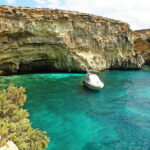
Malta 's crystal sea waters

Cappadocia Turkey
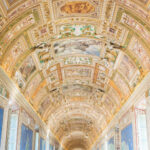
Vatican Museums

Wildlife and Nature of Slovenia
